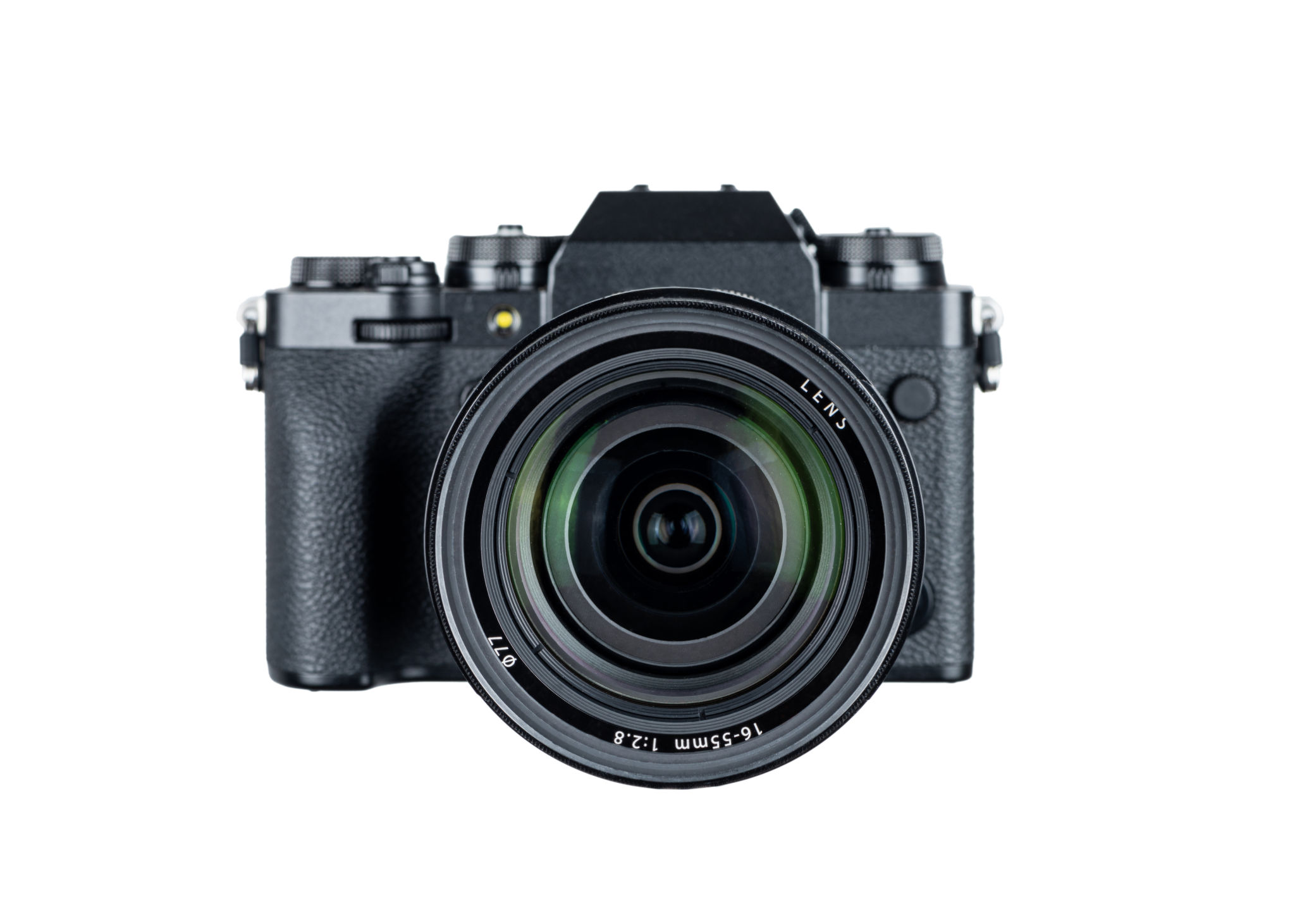Exploring the Latest Trends in Video Production Technology
BK
Introduction to Video Production Technology
The world of video production has been rapidly evolving, thanks to advancements in technology. From high-resolution cameras to sophisticated editing software, the tools available today are transforming the way content is created and consumed. This post explores some of the latest trends in video production technology that are shaping the industry.
High-Resolution Cameras
One of the most significant advancements in video production is the development of high-resolution cameras. With 4K and even 8K cameras becoming more accessible, filmmakers can capture incredibly detailed footage. These cameras offer improved clarity and depth, making them a favorite among professionals looking to produce high-quality content.

Alongside resolution, features such as improved low-light performance and enhanced dynamic range are becoming standard. These improvements allow filmmakers to shoot in challenging conditions while maintaining superb image quality.
Drone Technology
The use of drones in video production has opened up new possibilities for capturing stunning aerial shots. Drones equipped with high-definition cameras provide unique perspectives that were once difficult or expensive to achieve. As drone technology advances, they are becoming more user-friendly and affordable, making them a viable option for both amateur and professional filmmakers.

Features like automated flight paths, obstacle detection, and stabilization systems have enhanced the capabilities of drones, allowing for smoother and more precise shots.
Virtual Reality and 360-Degree Video
Virtual reality (VR) and 360-degree video are revolutionizing the way audiences experience content. By immersing viewers in a fully interactive environment, these technologies offer a unique storytelling medium. Filmmakers are now exploring new narrative techniques to engage audiences in unprecedented ways.
As VR headsets become more affordable and widespread, the demand for immersive content continues to grow. This trend is driving innovation in camera technology and editing software tailored specifically for VR production.

Artificial Intelligence in Editing
Artificial intelligence (AI) is making its mark in the video production industry, particularly in the editing process. AI-powered tools can assist editors by automating repetitive tasks such as sorting and tagging footage. These tools can also suggest edits based on patterns and preferences, significantly speeding up the editing workflow.
Moreover, AI is being used to enhance video quality through upscaling and color correction, allowing for more polished final products with less manual intervention.
Livestreaming Technology
Livestreaming has become a crucial component of modern video production, especially with the rise of social media platforms. Advances in streaming technology have made it easier than ever to broadcast live events with minimal latency and high-quality visuals. This has broadened the scope for content creators to reach global audiences in real-time.

The integration of interactive elements such as live comments and polls further enriches the viewer experience, fostering greater engagement with audiences.
Conclusion
The landscape of video production technology is continually evolving, offering exciting opportunities for creators to push boundaries and innovate. As these technologies become more sophisticated and accessible, they will undoubtedly continue to reshape how stories are told and shared across the globe. Embracing these trends can empower filmmakers to produce captivating content that resonates with today's tech-savvy audiences.